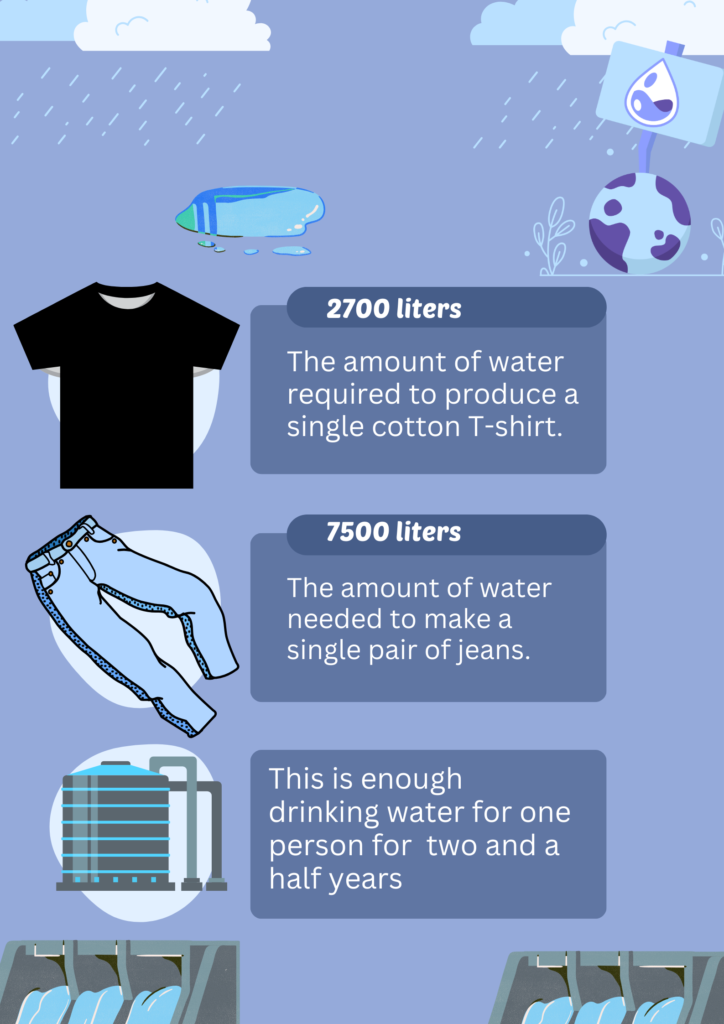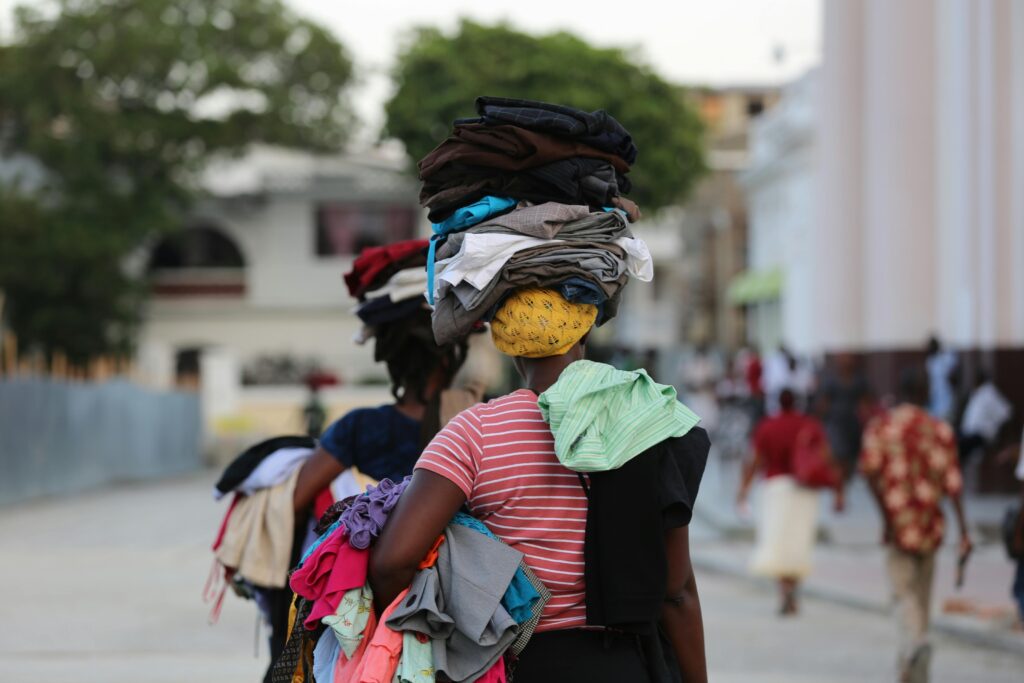Fashion trends are constantly evolving, and fast fashion has taken over the industry by storm. This sector offers the latest styles at incredibly low prices. However, beneath the appeal of trendy clothing and affordable costs lies a dark reality that many consumers are not fully aware of.
Fast fashion may seem harmless at first glance, but it is plagued by deep-rooted issues that have far-reaching consequences for the environment, workers, and society as a whole. In this blog post, we aim to shed light on the troubling truths about fast fashion—truths that will give you pause before your next shopping spree. Spanning from environmental degradation to exploitative labor practices, the real cost of fast fashion extends far beyond what meets the eye.
What Is Fast Fashion?

Fast fashion is a business model in the clothing industry that focuses on rapidly producing and selling large volumes of trendy, inexpensive garments. Driven by consumer demand for the latest styles at low prices, fast fashion brands quickly replicate designs seen on runways or popularized by influencers, bringing them to market in a matter of weeks.
This approach emphasizes speed and affordability, often at the expense of quality, sustainability, and ethical labor practices. While it allows consumers to access the latest trends affordably, it also contributes to significant environmental damage, excessive waste, and the exploitation of workers in developing countries.
Ugly Facts About Fast Fashion:
- 92 million tons: The estimated amount of textile waste generated globally each year, much of it from fast fashion.
- The fashion industry is a major consumer of water, with fast fashion being a significant contributor.
- 2,700 liters: The amount of water required to produce a single cotton T-shirt.
- 7,500 liters: The amount of water needed to make a single pair of jeans.

- 60% more: The increase in clothing purchases by the average consumer over the past 15 years.
- 85%: The percentage of textiles discarded in the U.S. that end up in landfills or are incinerated.
- 10%: The proportion of global carbon emissions for which the fashion industry is responsible, exceeding the emissions from all international flights and maritime shipping combined.
- 100 billion: The estimated number of garments produced globally each year by the fashion industry.
- It is estimated that about 12-15% of clothes purchased by consumers are donated to charity or secondhand stores each year in the United States, totaling around 4-5 million tons of clothing donated annually. However, not all donated clothing is resold locally and may end up in landfills or incinerated.

- 60 million: The estimated number of garment workers worldwide, many of whom are employed in fast fashion.
- $3 trillion: The estimated annual revenue of the global fashion industry.
- 20%: The percentage of industrial water pollution that comes from textile dyeing and treatment.
- 4%: The percentage of global wastewater produced by the textile and fashion industry.
- 35%: The estimated percentage of microplastics in the oceans that originate from synthetic textiles like polyester, often used in fast fashion.
- 5 to 7 times: The number of times an average fast fashion garment is worn before being discarded.
- Fast fashion brands release new collections almost every two to four weeks, constantly introducing new styles to keep up with the latest trends.
- 30%: The estimated percentage of clothes produced by fast fashion brands that remain unsold.
- 2%: The proportion of fast fashion workers who are paid a living wage.
These figures underscore the fast fashion industry’s significant environmental, social, and economic impact.
What Can We Do To Avoid Fast Fashion?
purchasing fewer items and being conscious of your shopping habits is the first step towards sustainability. By doing so, one can experience a sense of lightness, as they will not be succumbing to the pressures of fast fashion trends. Overconsumption is the primary culprit in the realm of fast fashion, and it is crucial for us as consumers to take a stand against it. Additionally, encourage others to explore the option of buying second-hand clothing during their shopping endeavors.
Related Blog Posts:
5 Easy ways to move away from fast fashion in 2024









